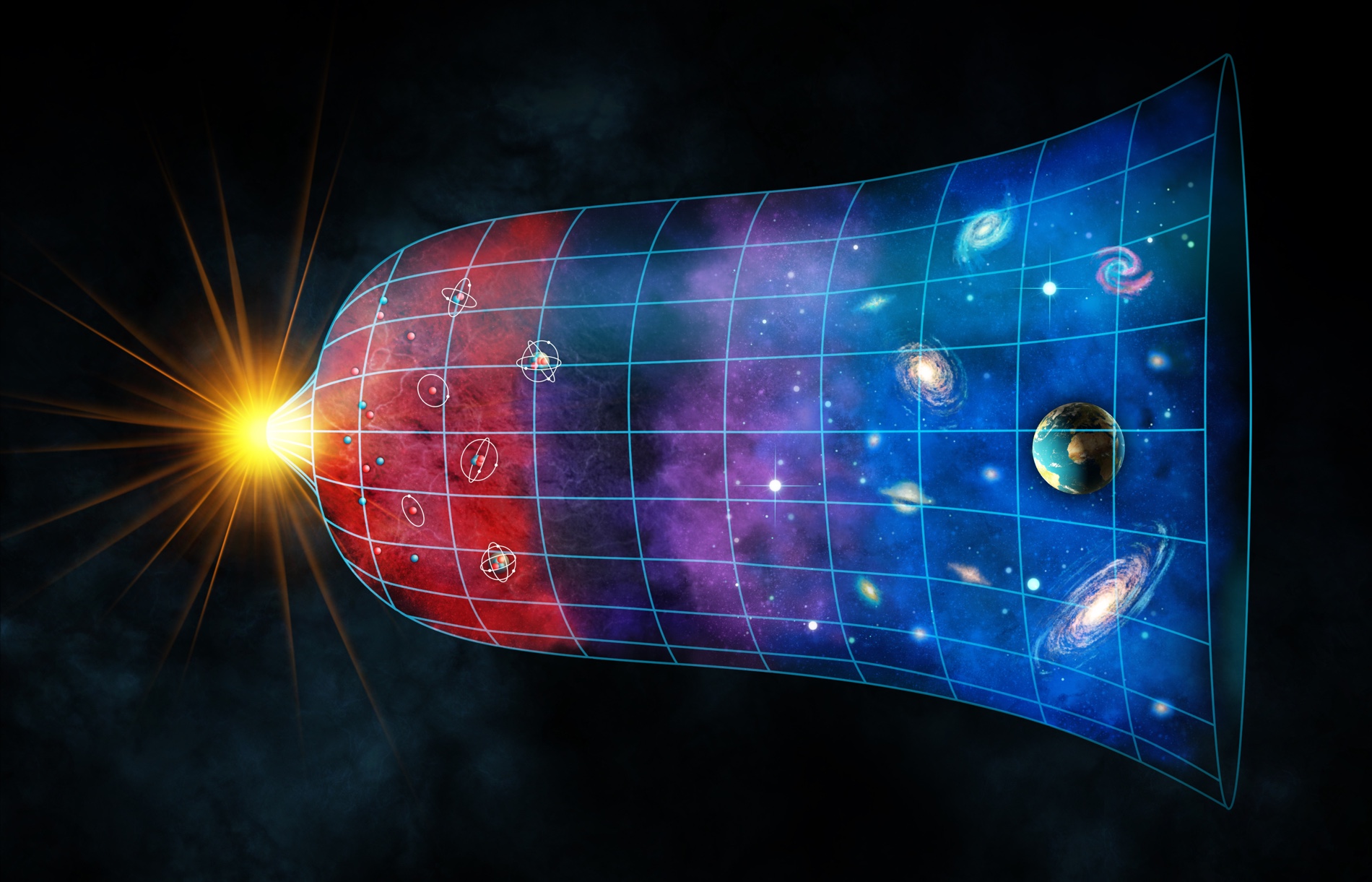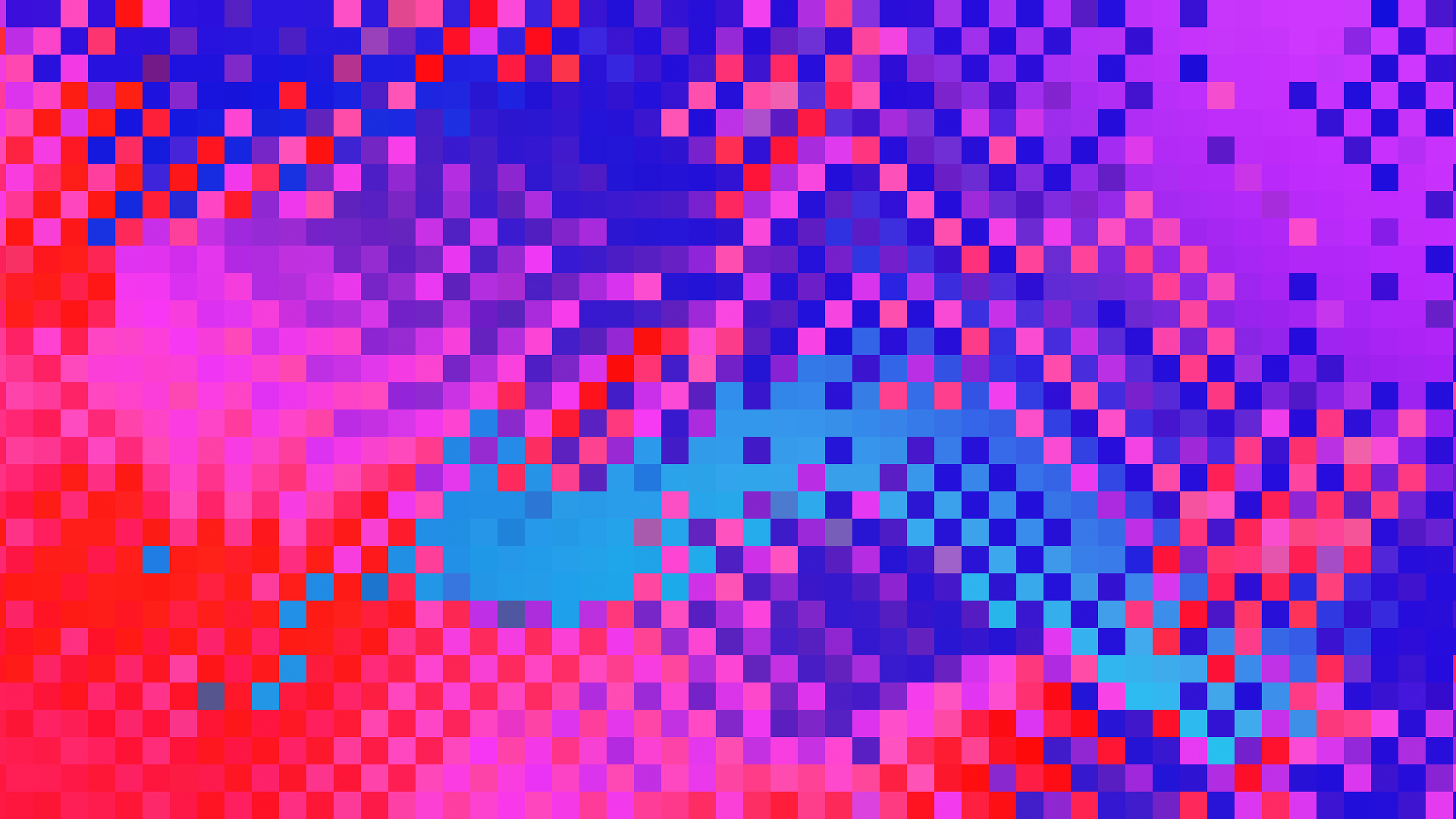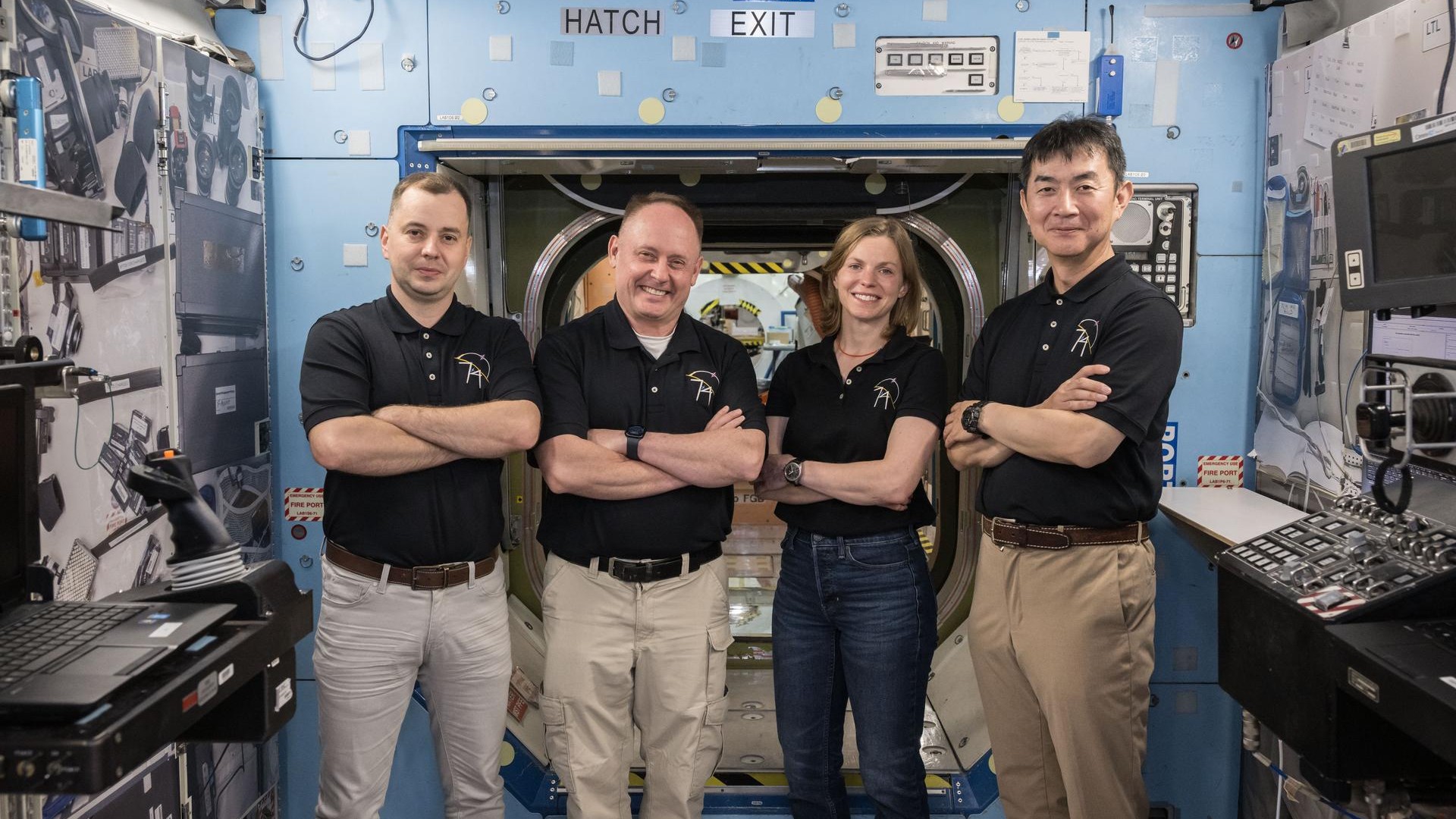What if the universe had no beginning?
In the beginning, there was … well, maybe there was no beginning. Perhaps our universe has always existed — and a new theory of quantum gravity reveals how that could work.
"Reality has so many things that most people would associate with sci-fi or even fantasy," said Bruno Bento, a physicist who studies the nature of time at the University of Liverpool in the U.K.
In his work, he employed a new theory of quantum gravity, called causal set theory, in which space and time are broken down into discrete chunks of space-time. At some level, there's a fundamental unit of space-time, according to this theory.
Bento and his collaborators used this causal-set approach to explore the beginning of the universe. They found that it's possible that the universe had no beginning — that it has always existed into the infinite past and only recently evolved into what we call the Big Bang.
Related:
Big Bang to civilization: 10 amazing origin events
A quantum of gravity
Quantum gravity is perhaps the most frustrating problem facing modern physics. We have two extraordinarily effective theories of the universe: quantum physics and general relativity. Quantum physics has produced a successful description of three of the four fundamental forces of nature (electromagnetism, the weak force and the strong force) down to microscopic scales. General relativity, on the other hand, is the most powerful and complete description of gravity ever devised.
But for all its strengths, general relativity is incomplete. In at least two specific places in the universe, the math of general relativity simply breaks down, failing to produce reliable results: in the centers of black holes and at the beginning of the universe. These regions are called "singularities," which are spots in space-time where our current laws of physics crumble, and they are mathematical warning signs that the theory of general relativity is tripping over itself. Within both of these singularities, gravity becomes incredibly strong at very tiny length scales.
Get the world’s most fascinating discoveries delivered straight to your inbox.
Related: 8 ways you can see Einstein's theory of relativity in real life
As such, to solve the mysteries of the singularities, physicists need a microscopic description of strong gravity, also called a quantum theory of gravity. There are lots of contenders out there, including string theory and loop quantum gravity.
And there's another approach that completely rewrites our understanding of space and time.
Causal set theory
In all current theories of physics, space and time are continuous. They form a smooth fabric that underlies all of reality. In such a continuous space-time, two points can be as close to each other in space as possible, and two events can occur as close in time to each other as possible.
"Reality has so many things that most people would associate with sci-fi or even fantasy."
Bruno Bento
But another approach, called causal set theory, reimagines space-time as a series of discrete chunks, or space-time "atoms." This theory would place strict limits on how close events can be in space and time, since they can't be any closer than the size of the "atom."
Related: Can we stop time?
For instance, if you're looking at your screen reading this, everything seems smooth and continuous. But if you were to look at the same screen through a magnifying glass, you might see the pixels that divide up the space, and you'd find that it's impossible to bring two images on your screen closer than a single pixel.
This theory of physics excited Bento. "I was thrilled to find this theory, which not only tries to go as fundamental as possible — being an approach to quantum gravity and actually rethinking the notion of space-time itself — but which also gives a central role to time and what it physically means for time to pass, how physical your past really is and whether the future exists already or not," Bento told Live Science.
Beginning of time
Causal set theory has important implications for the nature of time.
"A huge part of the causal set philosophy is that the passage of time is something physical, that it should not be attributed to some emergent sort of illusion or to something that happens inside our brains that makes us think time passes; this passing is, in itself, a manifestation of the physical theory," Bento said. "So, in causal set theory, a causal set will grow one 'atom' at a time and get bigger and bigger."
The causal set approach neatly removes the problem of the Big Bang singularity because, in the theory, singularities can't exist. It's impossible for matter to compress down to infinitely tiny points — they can get no smaller than the size of a space-time atom.
So without a Big Bang singularity, what does the beginning of our universe look like? That's where Bento and his collaborator, Stav Zalel, a graduate student at Imperial College London, picked up the thread, exploring what causal set theory has to say about the initial moments of the universe. Their work appears in a paper published Sept. 24 to the preprint database arXiv. (The paper has yet to be published in a peer-reviewed scientific journal.)
The paper examined "whether a beginning must exist in the causal set approach," Bento said. "In the original causal set formulation and dynamics, classically speaking, a causal set grows from nothing into the universe we see today. In our work instead, there would be no Big Bang as a beginning, as the causal set would be infinite to the past, and so there's always something before."
Their work implies that the universe may have had no beginning — that it has simply always existed. What we perceive as the Big Bang may have been just a particular moment in the evolution of this always-existing causal set, not a true beginning.
There's still a lot of work to be done, however. It's not clear yet if this no-beginning causal approach can allow for physical theories that we can work with to describe the complex evolution of the universe during the Big Bang.
"One can still ask whether this [causal set approach] can be interpreted in a 'reasonable' way, or what such dynamics physically means in a broader sense, but we showed that a framework is indeed possible," Bento said. "So at least mathematically, this can be done."
In other words, it's … a beginning.
Originally published on Live Science.

Paul M. Sutter is a research professor in astrophysics at SUNY Stony Brook University and the Flatiron Institute in New York City. He regularly appears on TV and podcasts, including "Ask a Spaceman." He is the author of two books, "Your Place in the Universe" and "How to Die in Space," and is a regular contributor to Space.com, Live Science, and more. Paul received his PhD in Physics from the University of Illinois at Urbana-Champaign in 2011, and spent three years at the Paris Institute of Astrophysics, followed by a research fellowship in Trieste, Italy.
 Live Science Plus
Live Science Plus







